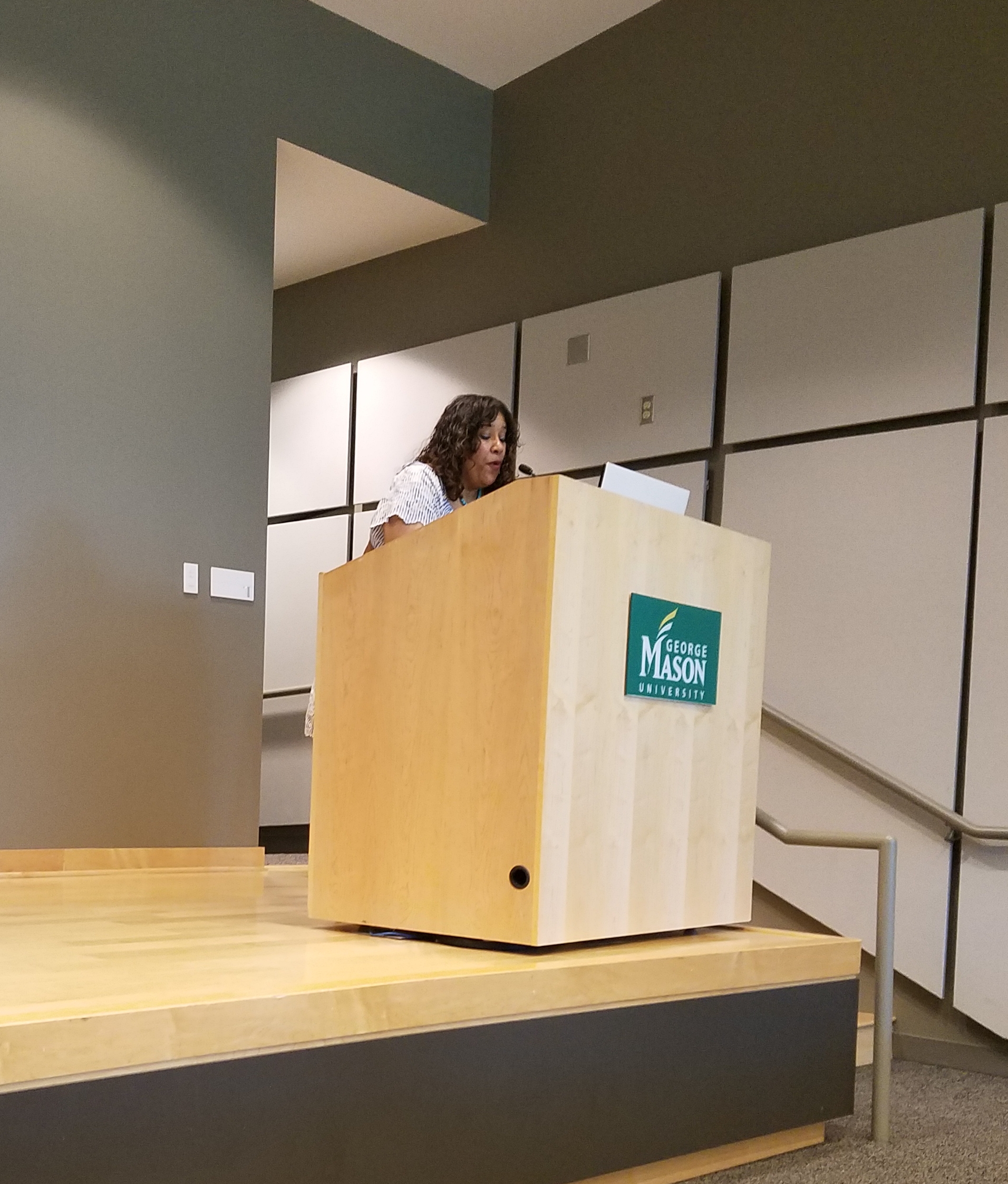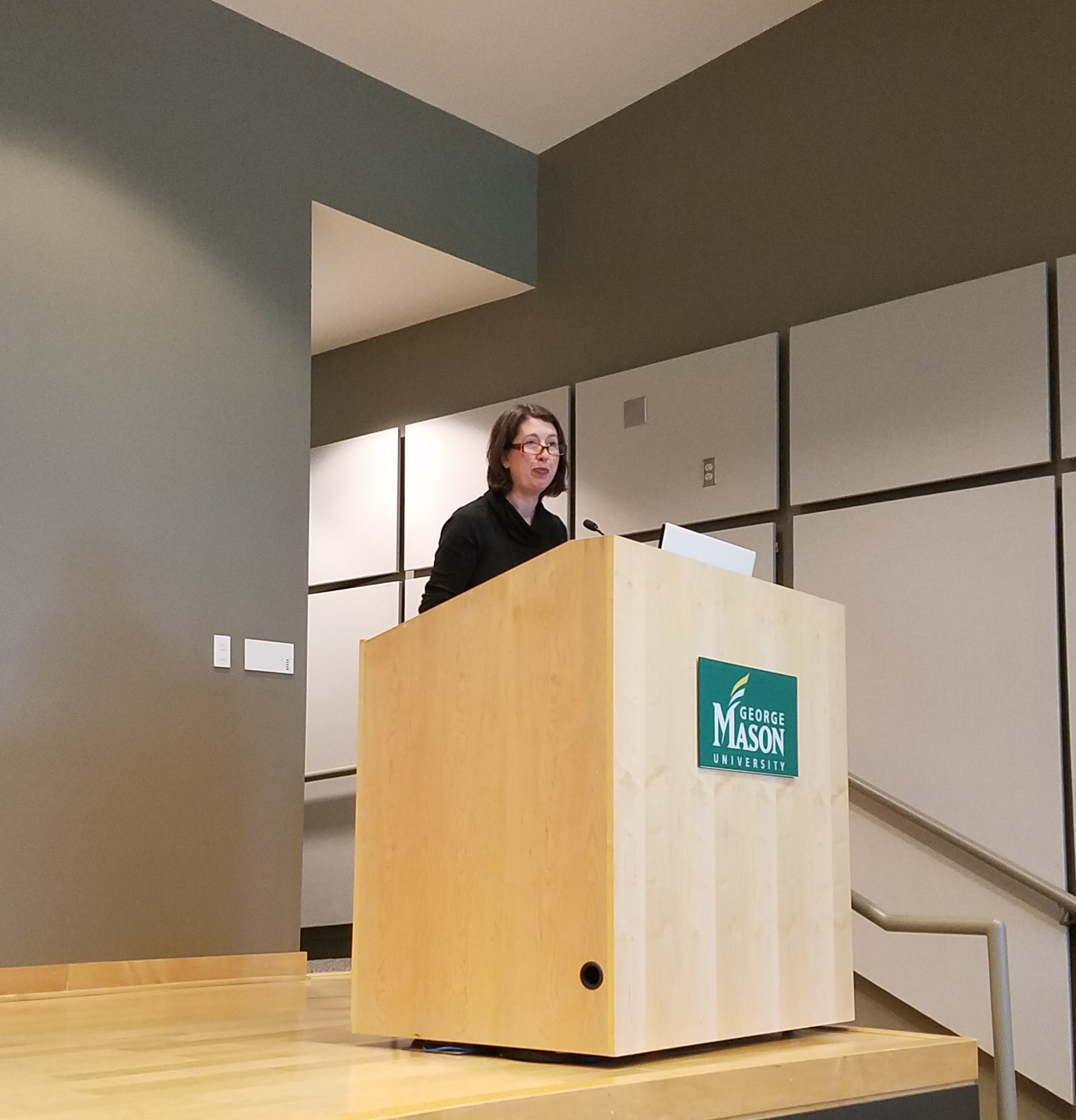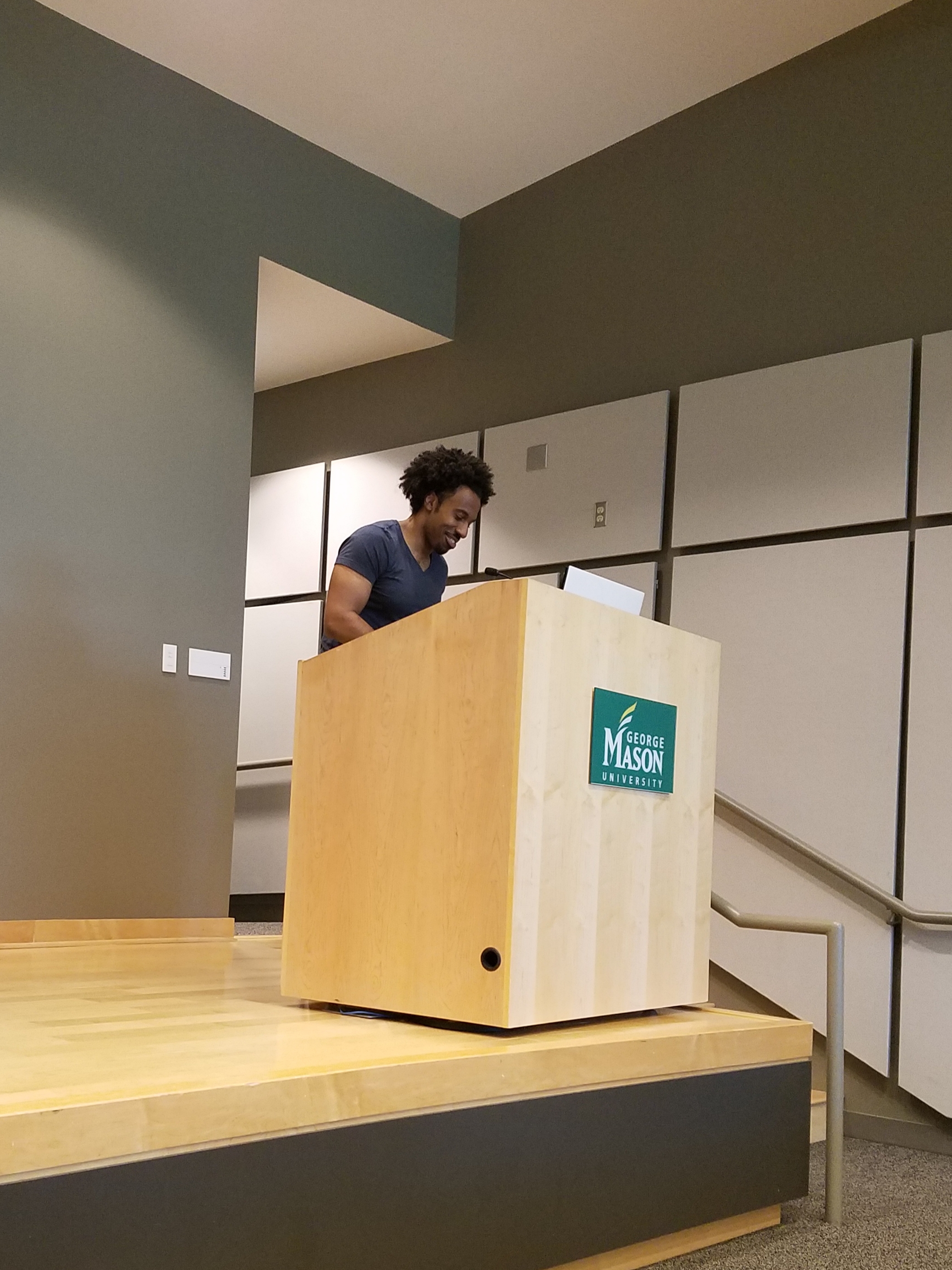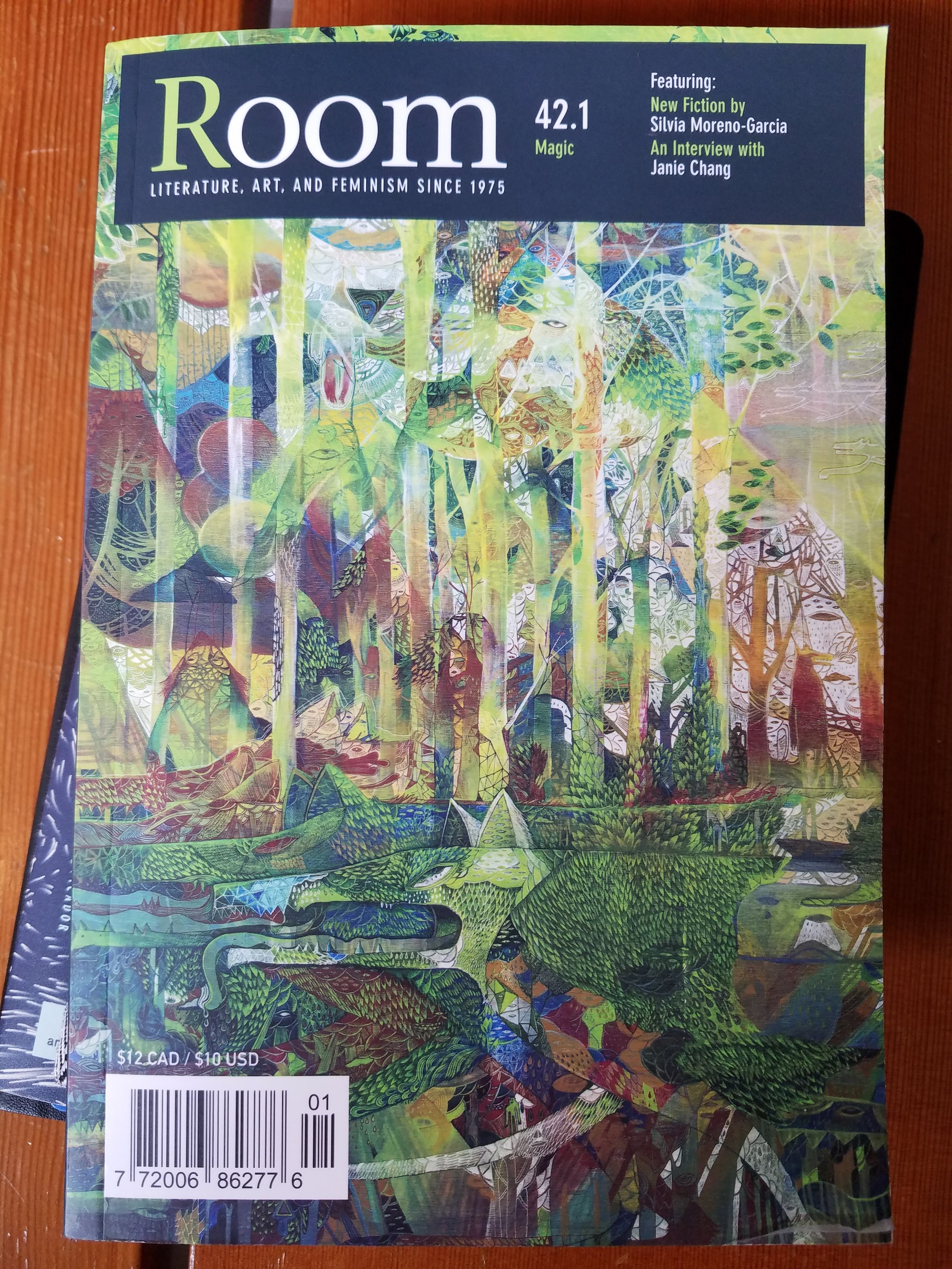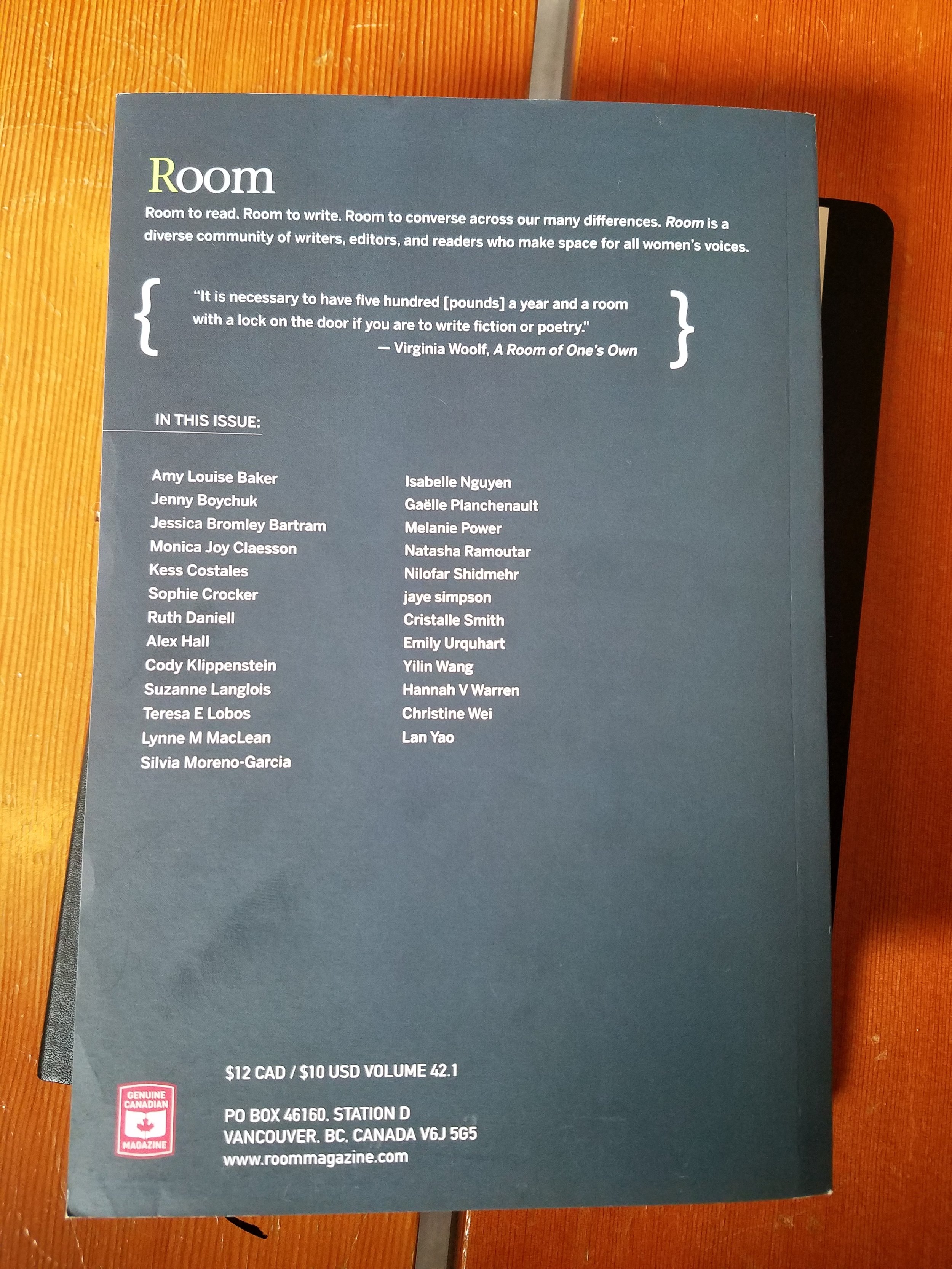A Quick Reflection on the Exhibit Itself
*No photographs in the exhibit
*No masks, wizard staffs, scepters, axes, bow and arrows, or swords are permitted
I attended the Morgan Library’s special exhibit, Tolkien: Maker of Middle Earth, on Saturday, March 30th. I went as a fan and a writer. I went with friends; I took the train up from Baltimore; I had a great lager and a delicious pizza and my favorite Dough donut (hybiscus-flavored); I took a nice walk around Manhattan with a Spider-man gamer on his first visit to NYC, who excitedly pointed out various in-game fights he had on the roof tops of the buildings we passed. It was a fantastic experience—I love New York City! But I also thought a deeper discussion of the exhibit is merited as it is relevant to writers.
The exhibit was originally in Oxford and this is the only American showing for a collection gathered from “the Tolkien Archive at the Bodleian Library (Oxford), Marquette University Libraries (Milwaukee), the Morgan, and private lenders, the exhibition [includes] family photographs and memorabilia, Tolkien’s original illustrations, maps, draft manuscripts, and designs related to The Hobbit, The Lord of the Rings, and The Silmarillion.”
I will discuss the layout of the exhibit and what it contains in a general sense, first, then talk more deeply about how it reveals Tolkien as author and world-builder.
1. Early Life and Family
John Ronald Reuel Tolkien’s childhood began in colonial South Africa, but his father died while he and his brother Hilary were young. The exhibit featured family photographs and Arthur Tolkien’s obituary, torn from a newspaper. His mother moved the boys to England and the bucolic setting of Birmingham from his childhood was the fertile material of the Shire.
When his mother also died, the boys lived with a local priest. In his care, Tolkien met the woman who would eventually become his wife, though the priest forbade him from seeing her until he turned 18 years old. Already, he had started to work in visual art, capturing the scenes in the countryside.
Before she died, Mabel Tolkien instilled a love of languages (and a unique penmanship that seems reminiscent of many of his artistic works). He left to Exeter College of Oxford to study classics.
2. University Life and Abstract Art
He was an indifferent student early on and in the exhibit was an account book, by which hours of study earned kisses from the love of his life, Edith Bratt. In his third year, he switched his course of study to early English literature, language and comparative philology, which allowed him to study Norse and Germanic languages and mythology.
This is when the languages that would become the foundations of the cultures of Middle Earth came into development. It is also when he began to experiment with more abstract artwork. Some already suggest the struggles and scenes from the books—a lone individual, suggestive of Gandalf, walking into an abstract scene of darkened trees, branches like claws reaching for him. His 1914 attempt to rewrite the Finnish Kalevala was his beginning of the legendarium.
World War I broke out and he completed his studies and joined the war effort, later confiding in his son that many of the original roots of the project had their genesis in his service to that war.
3. Doodles and Letter Designs
This was the transition from his college years to his adulthood. His doodles were gathered from the newspaper articles he sketched over as he worked through the paper’s crossword puzzles. Separately, were minor art projects that sometimes played into the ethos of the worlds he built.
4. The Hobbit
The art in this section of the museum included the various paintings, inked illustrations, and the book jackets he designed, virtually all intended for publication. I had seen all of these in print in various editions, but I was in particularly struck by the Eagle in this part of the exhibit. While it would be difficult to pick a favorite, being able to see the sun-kissed clouds and fog at close of day from the Eagles’ aerie in person was special.
5. The Lord of the Rings
Tolkien labored over what was supposed to be a sequel to The Hobbit, but would eventually become the epic Lord of the Rings for twelve years. The beautiful colored pencil drawings of Old Man Willow and the Moria gates were not likely meant for publication as the stunning watercolors had been for The Hobbit. These, along with the Dwarven rune inscriptions, the pages from the Book of Mazarbul left by the doomed dwarves of Moria, the forest of Lothlorien, the gates of Mordor, and more, were world-building exercises for the author. He did however design the book covers.
After the close of the Fellowship of the Ring, the cast of characters embark, willingly or no, on their own unique quests spawned by the betrayal and fall of Boromir. Tolkien’s orderly mind drafted daily accounts, charted alongside each other, for each of these. The chart is a variation of one that I have seen from other authors, though it is not tied to chapters, but to days counted out from the sundering of the Fellowship.
6. The Silmarillion
It had been his initial ambition to publish The Lord of the Rings alongside The Silmarillion. But the latter was quite unfinished, and would only be published posthumously by Tolkien’s son, Christopher, who was the keeper of his literary estate until 2018.
In The Silmarillion, however, Tolkien had worked out the history of Middle Earth, the cosmology, and the great glories and mighty sins that preceded the adventures of Frodo and Sam, Aragorn, Legolas and Gimli, Gollum, and the others. He created detailed maps that grew with the story and when seen in person are simply magnificent—his working map shows the world from the fall of Feanor up through the cataclysm that destroyed Beleriand. He drew sigils of the houses of Numenor, he painted the scenes of Valinor and the myths that inspired the men, elves, and hobbits of the later ages. He wrote the songs of their great deeds, including, of course, the story of Beren and Luthien—a love story so dear and coupled to his own relationship with his wife that a reference to it was included on their head stone.
7. Family Man and Professor
Finally, the exhibit included the scenes of his family life. There were photographs of the family at different ages. An entire display was allotted to his Father Christmas letters, which began simply as letters to his kids for the holidays but grew, as his children did, to become much more involved stories about Father Christmas and his jolly, if clumsy, polar bear companion. There were photographs of Tolkien in his study at work or telling his children stories. And the exhibit concluded with his Doctoral academic robes.
World Building with Professor Tolkien
Before the story of Bilbo became known around the world through the The Hobbit, Tolkien had a three-dimensional world. And it was peopled with different cultures, who had unique languages and practices. It had a creation story, geography, and a cataclysm induced by the clashes and failings of powerful individuals and lesser deities. There was a unique ecology and bestiary—much of it crafted by the Valar in the early ages with a purpose in mind (in some cases beneficent, in others malignant)—and a unique sense of the sacred and profane. There was a history, stories of love and strife and legendary deeds.
I don’t mean to suggest that the Tolkien had everything worked out before he wrote his first book—or even The Lord of the Rings—and it is worth recalling that The Silmarillion was never finished by JRR Tolkien, but rather published posthumously by his son Christopher Tolkien. Also, he did quite a bit of work between the publication of The Hobbit and The Lord of the Rings. But, clearly, much of the most important features of his world were already established before his formal writing began and Bilbo was still a bedtime story the professor told his children.
Tolkien built out this world with languages, visual arts, and maps. He credits the importance of starting with a map—a map of the Shire, made to scale, and a system of measuring distances, based on the length of a Hobbit’s stride; a map of Beleriand before it was lost; a map of Middle Earth in the Third Age—and fitting the story to its geography. The leaves of the trees cultivated uniquely in Middle Earth, the Gates of the Moria, the valley of Rivendell, the pages Balin’s dwarves left behind in Moria, the Trolls’ campfire and more are all painstakingly recreated. Some of the more legendary figures began as figures out of the Norse and Finnish stories that had so early inspired Tolkien.
On the one hand, it explains a great deal about the success of his stories, but it also explains why so much of his work was gathered and published posthumously and why in the end his published works are comparatively few. It was his in life’s blood, as he put it, and completed it with “time already mortgaged,” but it was also a vast intellectual pursuit to fashion the world as wholly as he did.
It is hard to identify the exact lesson other authors might learn or adapt to their own practice, though, as with most things, there is not going to be a single answer for every author or work of fiction. Nonetheless, it was rewarding to see such a talented artist’s commitment and devotion to his world-building.
Showing: January 25 through May 12, 2019



